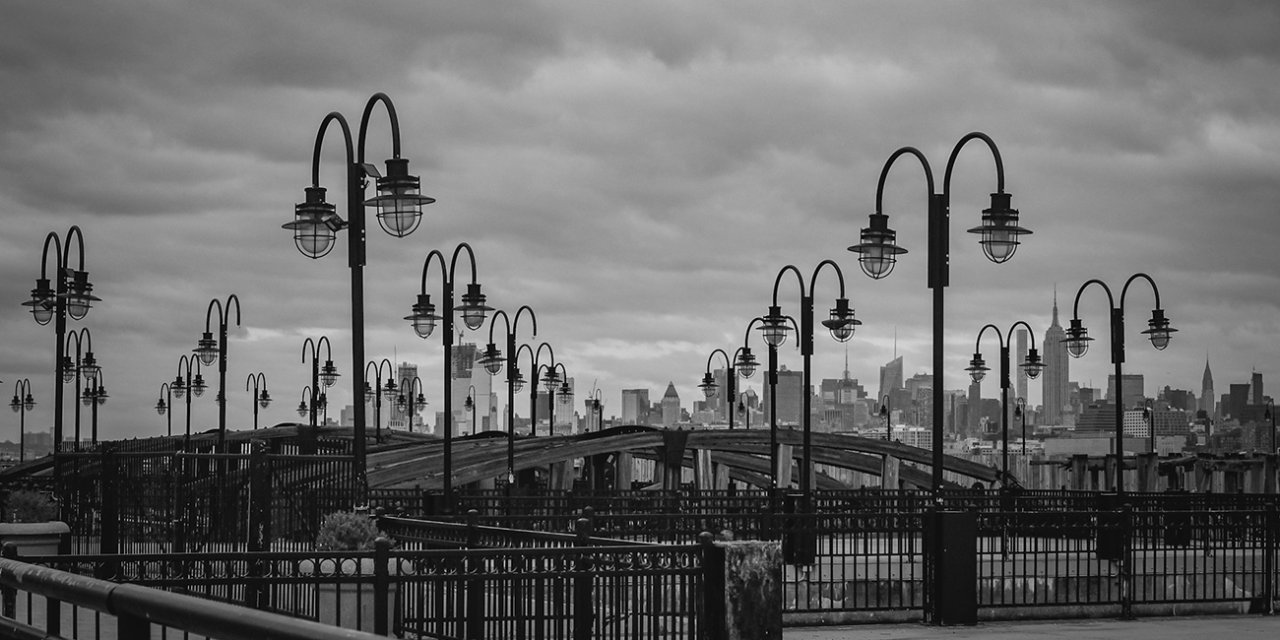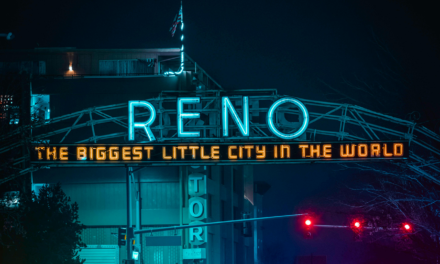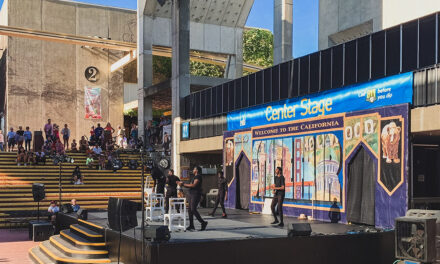Table of Contents
Indigenous Beginnings and Early European Settlement
Indigenous Roots
The Lenape people originally inhabited the area now known as Communipaw and Bergen-Lafayette.
The Lenape, known for their rich culture and deep connection to the land, utilized the area’s abundant natural resources for fishing, hunting, and farming. They lived in harmony with the environment long before European settlers arrived.
Early European Settlement and the Communipaw Massacre
Communipaw is one of the oldest parts of Jersey City.
The Dutch initially settled it in the early 1600s.
The Dutch West India Company was started as a trading post here in 1633, making it one of the first European settlements in the region. The name “Communipaw” is derived from the Dutch “Communipauw,” reflecting the influence of early settlers.
However, the early interactions between the Dutch settlers and the indigenous Lenape people were not without conflict. One of the darkest chapters in this history is the Communipaw Massacre of 1643.
In retaliation for previous conflicts, Dutch soldiers attacked a Lenape village in the area, resulting in the deaths of many Lenape men, women, and children. This tragic and horrible event is a reminder of the violent clashes that marked the early colonial period and had lasting impacts on the indigenous population.
In contrast, Bergen-Lafayette’s history began a few decades later when a group of Dutch settlers established the village of Bergen in 1660. Bergen was the first permanent European settlement in New Jersey. This settlement laid the foundation for the region’s growth and development.
Development and Growth in the 19th Century
Industrial Expansion
The 19th century saw significant industrial growth in the Communipaw and Bergen-Lafayette neighborhoods.
The construction of railroads and the opening of the Morris Canal transformed these areas into bustling hubs of commerce and industry. Factories, warehouses, and docks sprang up along the waterfront, attracting workers from various backgrounds.
Immigration and Diversity
This industrial boom brought a wave of immigrants to the area, including Irish, German, Italian, and Polish families.
These diverse communities contributed to the cultural richness of the neighborhoods, establishing churches, schools, and businesses that reflected their heritage. The influx of immigrants also led to the construction of many of the row houses and tenements that still characterize the neighborhoods today.
The 20th Century: Challenges and Resilience
Economic Changes and Decline
The mid-20th century brought significant challenges to Communipaw and Bergen-Lafayette.
The decline of industrial activity and the relocation of businesses led to economic downturns. Factories closed, and many residents moved to the suburbs, resulting in population decline and urban decay.
Community and Cultural Revival
Despite these challenges, the neighborhoods demonstrated remarkable resilience.
Community organizations and local leaders worked tirelessly to revitalize the area. Efforts to preserve historical buildings and promote cultural heritage played a crucial role in this revival. Festivals, community centers, and arts initiatives helped to strengthen community bonds and attract new residents.
Modern Communipaw and Bergen-Lafayette: A Blend of History and Progress
Urban Renewal and Development
In recent decades, Communipaw and Bergen-Lafayette have experienced significant revitalization.
Urban renewal projects have transformed the neighborhoods, including new residential developments, parks, and commercial spaces. The restoration and bringing back of historic buildings and the construction of new housing have attracted a grandiose mix of residents, including young professionals and families.
Cultural and Community Life
Today, Communipaw and Bergen-Lafayette are known for their vibrant cultural scene, heritage events, and a strong sense of community.
The areas are home to numerous cultural institutions, such as the Jersey City Museum and Mana Contemporary. Local businesses, restaurants, and cafes contribute to the neighborhoods’ unique charm and appeal.
Green Spaces and Recreation
The development of green spaces has also been a key focus in the neighborhood’s revitalization.
Liberty State Park, located nearby, offers residents and visitors ample opportunities for outdoor activities, including walking, biking, and picnicking. The park’s stunning views of the Statue of Liberty and the Manhattan skyline make it a popular destination.
Reflecting on the Past and Looking to the Future
Legacy of Diversity and Resilience
The history of Communipaw and Bergen-Lafayette is a testament to the neighborhoods’ diversity and resilience.
These areas have continually adapted and evolved from their indigenous roots and early European settlement to industrial growth and modern revitalization.
The rich culture created by generations of residents is a source of pride and inspiration.
Future Prospects
As Communipaw and Bergen-Lafayette continue to grow and develop, they face both opportunities and challenges.
The neighborhoods’ commitment to preserving their historical legacy while embracing progress will be crucial in shaping their future. Sustainable development, community engagement, and cultural enrichment promise to ensure that these vibrant areas remain integral to Jersey City’s landscape.
Conclusion
The history of Communipaw and Bergen-Lafayette is a compelling narrative of adaptation, resilience, and community spirit.
These neighborhoods have evolved from Indigenous lands to bustling industrial hubs and now vibrant urban communities. Their journey reflects the broader story of Jersey City and its diverse, dynamic character.
As they look to the future, Communipaw and Bergen-Lafayette continue to honor their rich heritage while embracing the possibilities of tomorrow.





